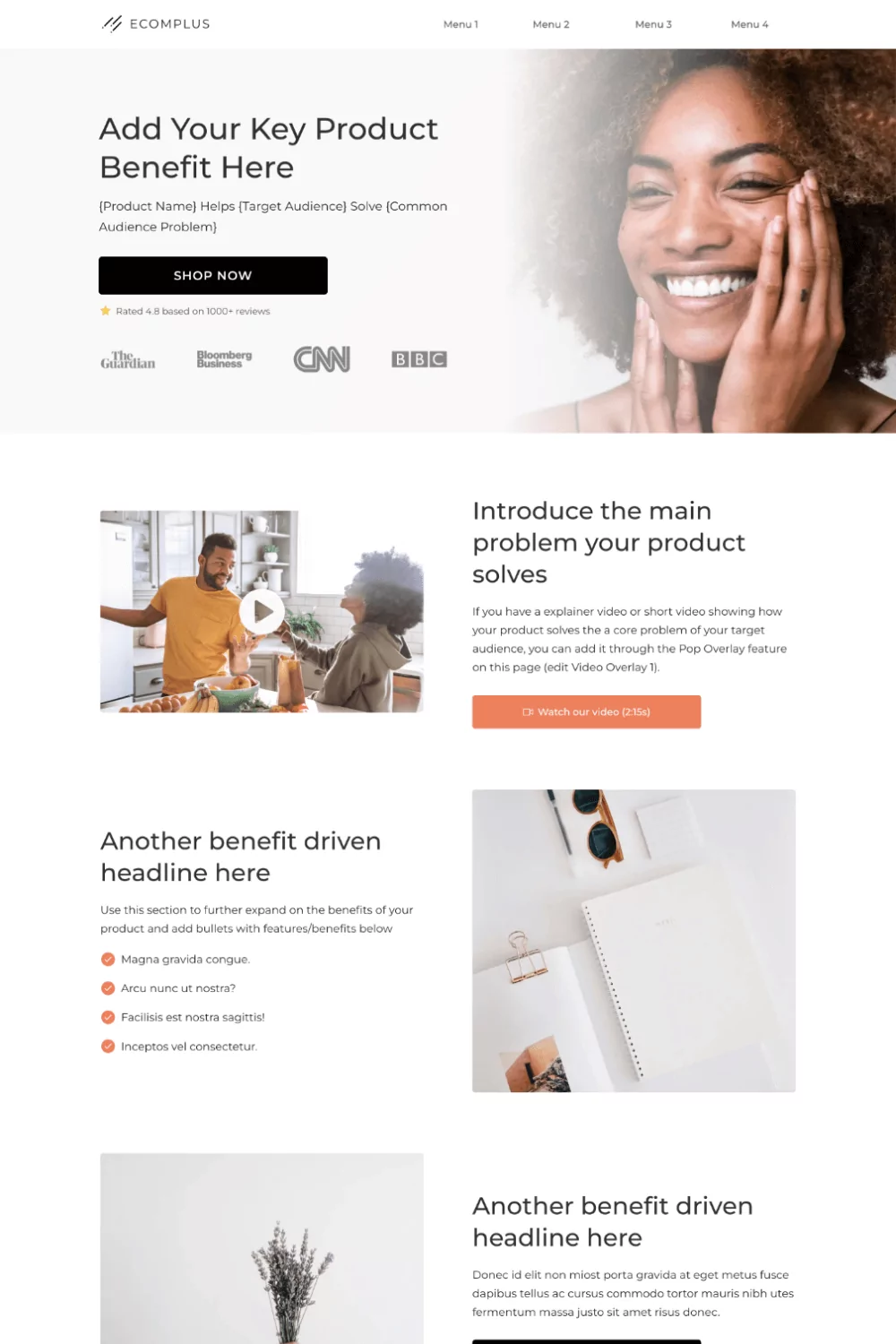What is a Landing Page?
A landing page is a standalone web page designed specifically for a marketing or advertising campaign. Unlike a homepage, which typically serves to provide a broad overview of a website, a landing page has a single focus: to convert visitors into leads or customers. This is achieved by presenting a clear, compelling message alongside a call to action (CTA).
Purpose of Landing Pages
The primary goal of a landing page is to drive conversions. This could mean capturing email addresses, encouraging downloads, promoting a product, or facilitating sign-ups for a webinar. By eliminating distractions and focusing on a specific action,
landing pages are more effective than general web pages.
Types of Landing Pages
- Lead Generation Landing Pages: These pages aim to collect visitor information through forms, often offering something valuable in return, such as an eBook, whitepaper, or newsletter subscription.
- Click-Through Landing Pages: These serve as intermediaries between an ad and a final destination, such as a product page. They provide information and entice visitors to click through to the final offer.
- Sales Pages: These are designed to sell a specific product or service. They include persuasive copy, testimonials, and a strong CTA to encourage immediate purchases.
Key Elements of Effective Landing Pages
- Compelling Headline: The first thing visitors see should grab their attention and convey the value of what you’re offering.
- Concise Copy: Use clear, persuasive language that speaks directly to the needs and desires of your target audience. Focus on benefits rather than features.
- Visuals: High-quality images or videos can enhance engagement. They should be relevant to your offer and help to illustrate your message.
- Call to Action (CTA): This is a critical component that tells visitors what to do next. Make it prominent, using action-oriented language (e.g., "Download Now," "Get Started Today").
- Trust Signals: Include testimonials, reviews, or certifications to build credibility. Visitors are more likely to convert when they feel confident in your offering.
- Minimal Distractions: Limit navigation options and unnecessary links to keep visitors focused on your primary goal. The design should be clean and uncluttered.
Best Practices for Landing Pages
- A/B Testing: Regularly test different elements of your landing page (headlines, images, CTA buttons) to see what resonates best with your audience.
- Mobile Optimization: Ensure your landing pages are responsive and function well on mobile devices, as an increasing number of users browse on smartphones.
- Fast Loading Times: Page speed is crucial; a slow-loading page can lead to high bounce rates. Optimize images and minimize scripts to improve performance.
- Analytics Tracking: Use tools like Google Analytics to track visitor behavior and conversion rates. This data can inform future improvements.
- Clear Thank You Page: After conversion, redirect visitors to a thank you page that confirms their action and provides additional information or offers.
Conclusion
Landing pages are an essential tool in online marketing, designed to convert visitors into leads or customers. By focusing on clear messaging, compelling visuals, and strong CTAs, you can create effective landing pages that drive results. Regularly testing and optimizing these pages will help you stay ahead in the competitive digital landscape. Whether you're launching a new product, promoting an event, or gathering leads, a well-crafted landing page can make all the difference.
